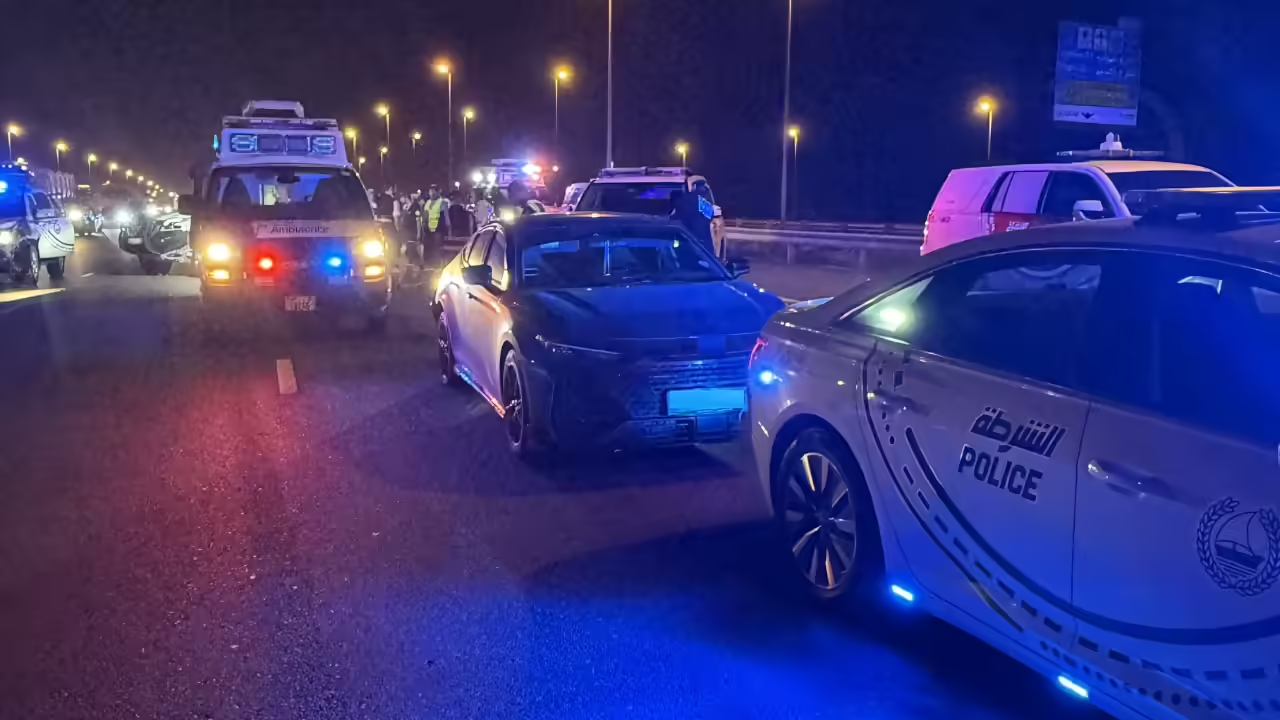The apex court has also pulled up the Delhi government for reopening schools on November 29, directing it to reconsider the decision and prevent exposure of children to bad air and toxic smog. Hours later, the Delhi government announced the closure of schools until further orders.
The Supreme Court has given the Centre a 24-hour ultimatum on Thursday to come out with an “urgent” mechanism to control air pollution in Delhi-NCR, failing which, the court said, it may set up a task force itself since “nothing is really happening to control pollution” and “all authorities have failed”.
Air quality in India’s capital, New Delhi, has deteriorated sharply as wind died down just as the burning of crop waste in fields sent smoke billowing across the north of the country.
The apex court has also pulled up the Delhi government for reopening schools on November 29, directing it to reconsider the decision and prevent exposure of children to bad air and toxic smog. Hours later, the Delhi government announced the closure of schools until further orders.
With the next hearing in the case fixed for Friday, a bench, headed by Chief Justice of India (CJI) NV Ramana, said the Centre and the Commission for the Air Quality Management (CAQM) for Delhi-NCR and Adjoining Areas must apprise the court if they could come up with a more effective mechanism to implement the pollution control measures.
The bench, which also comprised justices Dhananjaya Y Chandrachud and Surya Kant, told solicitor general Tushar Mehta: “We expect a serious, action or we will pass orders. We give you 24 hours to come out with a plan of action. You take a hard look at the issue and come up with a solution. If you cannot, we will have to pass some directions tomorrow,”
Delhi has been in the grip of hazardous pollution for over a month now.
December too has started with alarming pollution levels, with the Air Quality Index (AQI) touching 429 on Thursday, up from 370 a day earlier.
While pollution in November was mainly due to smoke from farm fires in upwind states, the air quality so far this December has been fuelled largely by local emissions.
The CJI further said: “As a layman, I am asking this question. The question is the day when this matter started, there was a particular level of pollution. Then we heard the matter, there were reports in the newspapers and media; there was wide publicity; directions were given too. The question that we ask is why the pollution levels are still going up? That’s the question every citizen will ask… Delhi government and others said stubble burning is a main cause but that’s over now.”
Mehta said that CAQM has identified industrial and vehicular pollution as chief contributors but the bench yet again noticed that there was no implementation mechanism in place to check vehicles coming from Uttar Pradesh to the national capital.
The court also blamed the Delhi government for reopening schools in the city.
“Small children have to go in morning in fog. Children have to go to schools at 6-7 in the morning in this bad weather,” the bench told senior counsel Abhishek Manu Singhvi, who appeared for the Delhi government.
Singhvi maintained that the Delhi government has taken strongest possible measures to control pollution and that there is no dilution of the court order, and pointed to studies and reports on learning loss due to school closure during the pandemic. “But if this court wants us to reconsider, we will do it,” he added.
Meanwhile, senior counsel Vikas Singh, who appeared for the 17-year-old petitioner, Aditya Dubey, pressed for a ban on construction in the Central Vista, citing huge amount of dust. “Even for Central Vista, the same standard has to follow. No project can be more important than lives of people. Why allow Vista only? Other builders could also say that we will also comply with pollution norms and therefore, they should also be allowed,” argued the lawyer.
************************************************************************
Readers









